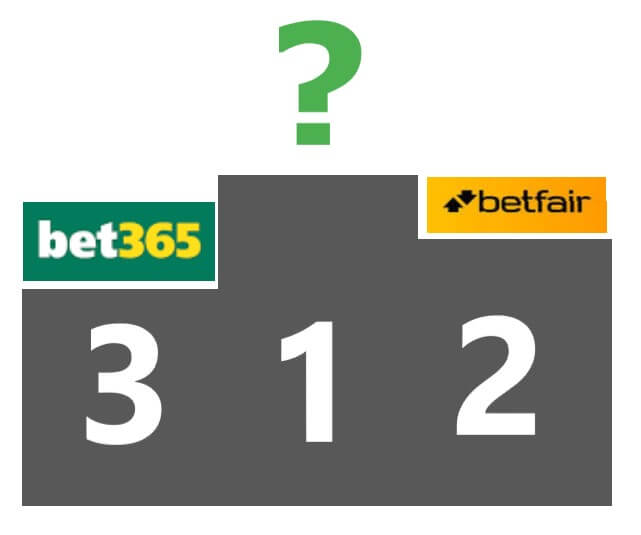Each Way Golf Betting Explained
GolfForecast - Make the best golf bets possible
Should you bet each-way or not on golf?
We looked back at our tips for the last few years and tried to workout when it was better to tip each bet as being 'each-way' or as a single 'win' bet.
Below is a plot of the results, showing the profit from our tips at different 'splits'. A split of 50 for example means that all tips with odds below 50/1 are placed as just win bets and tips with odds above 50/1 are placed as each-way bets. Which would have returned a total profit of around 435 points.
For simplification the calculations here used each way bets paying 1/5th odds at 7 places.
As you can see there are a few peaks and troughs, with the highest peak being at around 155. Thus you could say that: "All bets above 155/1 odds should be each-way bets and all bets below 155/1 should be win bets"
However, this is just a coincidence with the particular tips we had tipped.
The main point to be learned from these graphs is the sharp and consistent drop off beyond a split of 250 on the graph on the right.
Thus we can say with some confidence that all bets with odds higher than 250/1 should be placed as each way.
The three graphs below show how the graphs would've looked if we had used a different algorithm to generate the tips. As you can see the peaks and troughs are in different places.
Infact, by comparing hundreds of different tip generating algorithms and split points. We at 
For odds shorter than 200/1 the choice is yours as the difference is negligable in the long term. However, you should take into account the each-way terms the bookies are offering using the advice below.
Different each-way terms
An important factor in deciding whether to place a bet each way or not is the terms of the each way bet. i.e. how many places the bookie as playing and at what reduced odds.
The below table shows the payouts you would get for different each-way settling terms. The example uses a tournament with 100 golfers each with 1/100 odds and a 1 point stake for simplicity.
| 8 places @ 1/5 | 6 @ 1/4 | 7 @ 1/5 | 5 @ 1/4 | 6 @ 1/5 | |
|---|---|---|---|---|---|
| Payout for 1st place: | 61 | 63.5 | 61 | 63.5 | 61 |
| 2nd: | 10.5 | 13 | 10.5 | 13 | 10.5 |
| 3rd: | 10.5 | 13 | 10.5 | 13 | 10.5 |
| 4th: | 10.5 | 13 | 10.5 | 13 | 10.5 |
| 5th: | 10.5 | 13 | 10.5 | 13 | 10.5 |
| 6th: | 10.5 | 13 | 10.5 | 0 | 10.5 |
| 7th: | 10.5 | 0 | 10.5 | 0 | 0 |
| 8th: | 10.5 | 0 | 0 | 0 | 0 |
| Total Profit | 134.5 | 128.5 | 124 | 115.5 | 113.5 |
This of course is a vast over-simplification as from this breakdown you would be guaranteed to make profit but putting one point on every player.
In fact the opposite is true; the bookies are guaranteed to make profit whoever wins, thanks to their margins on the market which we breakdown Here.
The table still serves as a valuable bench-mark for comparing each-way settling options.
However, please be cautious that bookies offering good each-way terms often compensate by offering lower overall odds for players.
You can compare and take advantage of the two by using the table.
e.g. The difference between a 1/5, paying 7 and a 1/4 paying 5 is about 9% so players odds should be around 9% lower with the former bookie.
In conclusion
We at 
For our own profit calculations we calculate our returns with every tip being placed as each-way and using a 1/5th odds paying 7 places settlment calculation.





